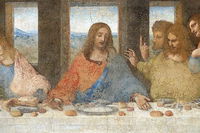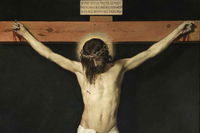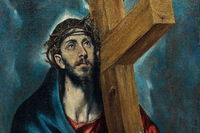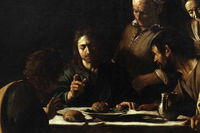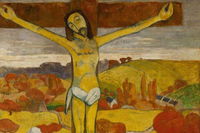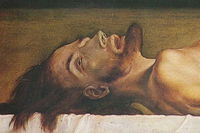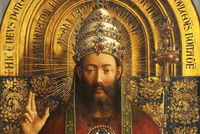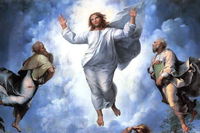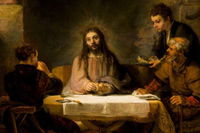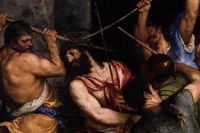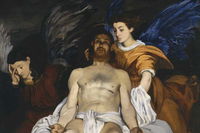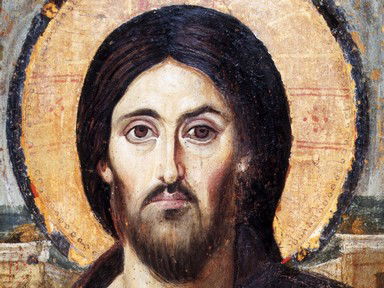
The Art of Jesus of Nazareth Trivia Quiz
The biblical figure of Jesus is quite possibly the most represented figure in art. Here are twelve (cropped) representations of him from famous artists throughout history. (Click the images for a closer look!)
by trident.
Estimated time: 3 mins.
- Home
- »
- Quizzes
- »
- Humanities Trivia
- »
- Art
- »
- Art By Subject
